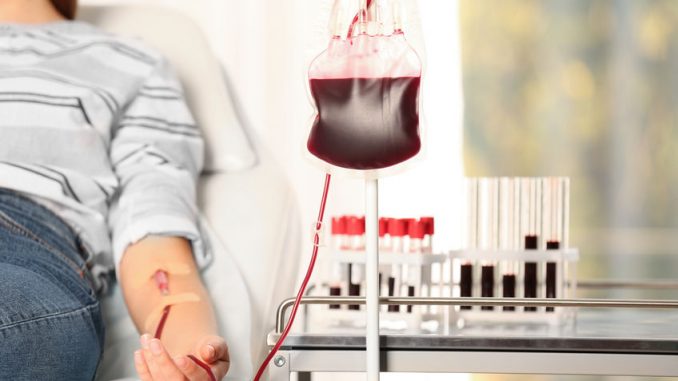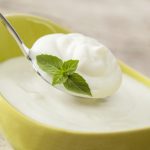
Dextran is a generic term for a family of complex branched glucans which are glucopolysaccharides. They are prepared by the polymerization of the α-d-glucopyranosyl moiety of sucrose in a reaction catalyzed by the enzyme dextransucrase. The common feature is a large number of (1 → 6)-linked α-d-glucopyranosyl units. This family of molecules was first identified by Louis Pasteur in spoilt wines and later by scientists in dental plaques.
Several microorganisms produce dextrans with ranges in molecular weights and with structures varying from slightly to highly branched. Commercial dextran is biosynthesized by the nonpathogenic organism Leuconostoc mesenteroides NRRL B-512 which is in the Lactobacillus family. Another micro-organism associated with its production is Streptococcus mutans which is often found in dental plaque. It is a also a spoilage polymer in beverages contaminated with Gluconobacter oxydans.
Synthesis
The basic reaction catalyzed by dextransucrase is the conversion of a number of sucrose molecules (n) to form (α-d-glucopyranosyl unit)n with n d-fructose.
The degree of branching of commercial dextran is about 5%. Branches arise from the position O-3 on the glucosyl units.
About 40% of the side chains are single α-d-glucopyranosyl units; about 45% are two units long, and about 15% contain more than 2 units.
There are a variety of molecular weight polymers for a variety of commercial purposes:-
- Dextran 40 – 40,000g/mol (40 kDal).
- Dextran 60 – 60,000g/mol (60 kDal)
- Dextran 70 – 70,000g/mol (70 kDal)
The average molecular weight of native commercial Leuconostoc mesenteroides NRRL B-512 dextran can range from 9 million to 500 million. Molecules with a lower molecular weight is produced for clinical applications including volume expansion.
The molecules produces relatively low-viscosity solutions, which distinguishes it from other high-molecular-weight polysaccharides. They are also used to conjugate various proteins to improve stability in solutions and help in the creation of micellular structures. It is a neutral polymer which is a benefit in pH sensitive solutions.
Properties of Dextran
Dextrans iare used as blood volume expander. Dextran 60 and 70 have a half-life of 24 hours and Dextran 40 has a half-life of 6 hours in the body.
They are used to prevent thrombocytes from aggregating which helps to maintain fluidity of blood.
Dextran 70 is on the WHO Model List of Essential Medicines.
Issues
Dextrans may cause serious anaphylactoid reactions that can be prevented by injecting 20ml of the low molecular-weight (1,000) hapten dextran (dextran 1) before a dextran infusion. Specific embryo- or fetotoxic effects have not been observed to date. An anaphylactic reaction may be of concern, though, because it endangers the fetus.
References
Sidebotham, R. L. (1974). Dextrans. Advances in Carbohydrate Chemistry and Biochemistry, 30, pp. 371-444 (Article).

Leave a Reply